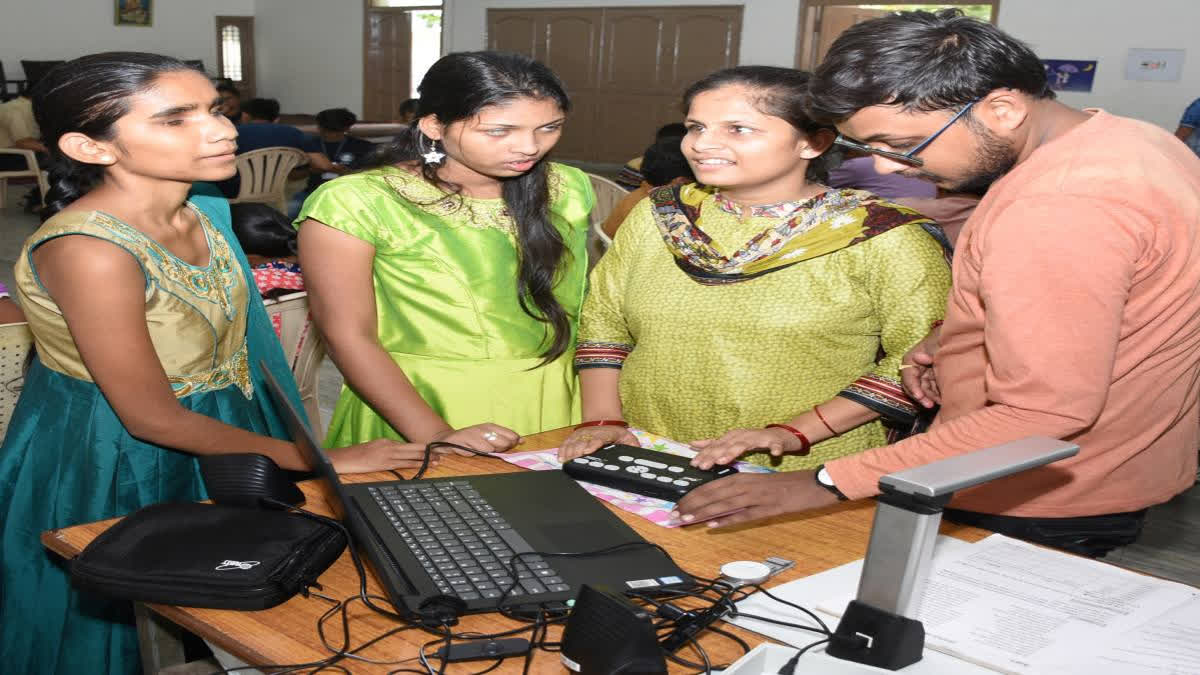Hyderabad: Global Accessibility Awareness Day (GAAD) is an awareness day that focuses on digital access and inclusion for the more than one billion people alive today who are disabled or living with disabilities. This year on the third Thursday of month, 16 May, the 13th Global Accessibility Awareness Day (GAAD) will be celebrated.
With people around the world more dependent on the web than in decades past, the changing landscape of the internet is demanding equal and easy digital accessibility for everyone, regardless of their limitations. Global Accessibility Awareness Day gets everyone talking, thinking and learning about digital access and how to make digital products and services usable by everyone, regardless of their ability.
The purpose of GAAD:
- Its purpose is to raise awareness about digital accessibility
- GAAD focuses on making technology inclusive for people with disabilities
- Events and activities worldwide promote discussions on accessibility
- The goal is to ensure equal digital access for everyone
- The focus is on improving web, software, and mobile accessibility
- GAAD seeks to ensure equal digital access and usability for everyone
- Ultimately, GAAD aims to create a more accessible digital world.
What is the history of GAAD?
GAAD was started in 2012 by web developer Joe Devon and accessibility professional Jenison Asuncion. The idea stems from Devon's blog post that focuses on raising digital accessibility and inclusion awareness. Asuncion, who read the post, reached out to Devon and together, they established the first Global Accessibility Awareness Day.
Understanding Digital Accessibility:
- Digital accessibility refers to the ability of people with disabilities/impairments to independently consume and/or interact with digital (e.g., web, mobile) applications and content
- According to the World Wide Web Consortium (W3C), digital accessibility means that websites, tools, and technologies are designed and developed so that people with disabilities can use them
- For more than a billion people with disabilities, these challenges are part of everyday life. From both a civil rights and business perspective, people with disabilities are underserved by today's digital products
- Digital accessibility ensures that digital assets are usable by everyone, regardless of their limitations. It involves the inclusive design of websites, apps, and other digital assets in a way that doesn’t cause barriers to users with visual, auditory, motor, or cognitive challenges
- GAAD emphasises the importance of ensuring everyone has equal access to the digital world. This includes people with visual, auditory, mobility, or cognitive impairments
- The digital world plays increasingly important role in education, emplyment, communication , business and social interaction. By promoting accessibility GAAD works towards a more inclusive digital landscape
Importance of GAAD:
- By raising awareness for accessibility and highlighting the need for inclusive digital experiences, GAAD plays a major role in promoting the accessibility of the online environment so that everyone can access digital services regardless of their disability
- The day encourages developers, designers, and other stakeholders to prioritise making websites and mobile applications accessible to people with disabilities
State of Digital Accessibility:
According to WebAIM Million Report, 98 per cent of the world's top one million websites remain inaccessible. In India, there is an estimated population of 150 million persons with disabilities facing challenges in accessing government services, apps, and websites due to inaccessibility issues. Several government initiatives like Digital India aim to provide essential services using information technologies
Common disabilities/ impairments and the challenges they faced:
- People who are blind need alternative text descriptions for meaningful images and use the keyboard and not a mouse to interact with interactive elements
- People who are deaf or hard of hearing will need captioning for video presentations and visual indicators in place of audio cues
- People with motor impairments may need alternative keyboards, eye control or some other adaptive hardware to help them type and navigate on their devices
- An uncluttered screen, consistent navigation and the use of plain language would be useful for people with different learning disabilities/impairments
- Creating accessible content is essential. Despite the disability, failure can marginalize this population, hindering routine activities
The digital accessibility issue is a global civil rights concern that requires a global response. Unfortunately, many website owners remain largely unaware of accessibility guidelines, while others are hesitant to invest in the costs and logistics required to re-coding their websites to make them accessible.



